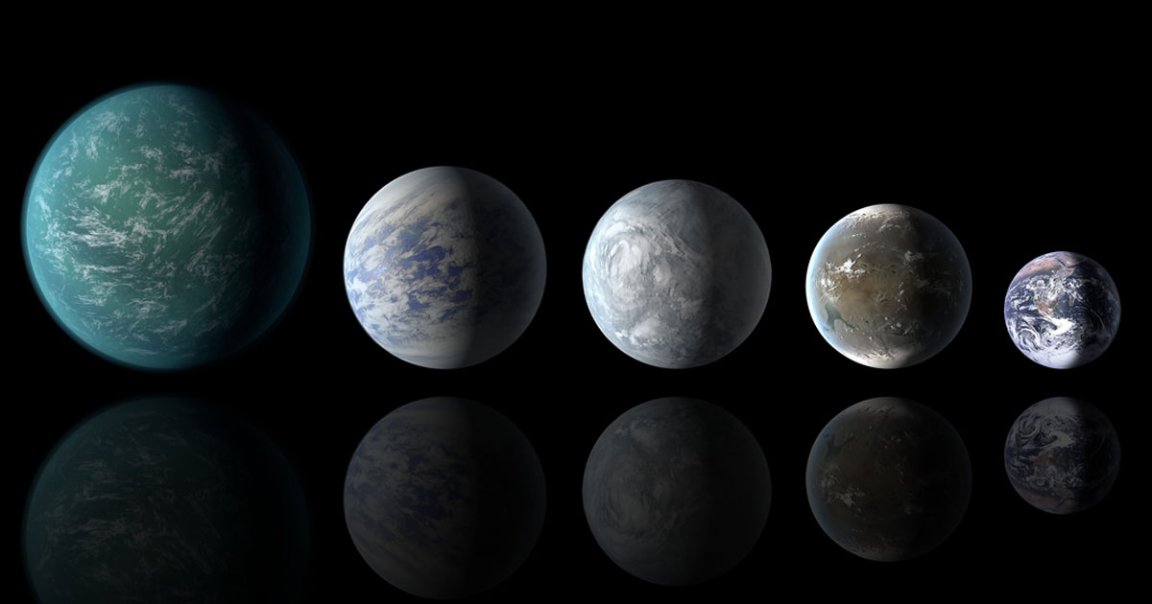
Scientists may have been looking for extraterrestrial life in all the wrong places.
Astronomers were just able to rule out life on an entire class of exoplanets. The research, published Monday in the journal Nature, looked specifically at the exoplanet LHS 3844b — a small, rocky planet orbiting a star similar to our Sun. The study found that this particular exoplanet is too hot to support an atmosphere, and Scientific American reports that the scientists behind it suspect similar worlds are as well.
Whether these rocky, roughly-Earth-sized exoplanets that orbit Sun-like red dwarf stars make good candidates for alien life is an ongoing debate among astronomers, according to SciAm. But this new research may have put the final nail in the coffin, at least for exoplanets that orbit their stars as closely as LHS 3844b.
The study found that the exoplanet orbits its star similarly to how the Moon orbits Earth — the same side is always facing inward. That star-facing side of the planet sits at a roasting 767 degrees Celsius, while the other side is over a thousand degrees colder, resting at -273 C.
If the exoplanet had a habitable atmosphere, those extreme temperatures may have blended together to form a more temperate, planet-wide climate. But because they didn’t, the astronomers behind the study concluded that hot, rocky planets like LHS 3844b can’t support an atmosphere and therefore can’t support life.
“To have life as we know it, you need to have liquid water,” Abraham Loeb, an astronomer at The Center for Astrophysics at Harvard University and the Smithsonian Institution who worked on the study, told SciAm. “In order to have liquid water, you need an atmosphere.”
That’s bad news for scientists who hinged the search for alien life on that particular class of exoplanets, but in the long run it could help scientists narrow down their search. If anything, this finding can give scientists a better understanding of what does and does not fall within the habitable zone, which is the range of distances from which an exoplanet can orbit its star and still potentially support life.
“The discovery of a lack of an atmosphere on this planet doesn’t make it any less likely that planets in the habitable zone would have an atmosphere,” Tiffany Jansen, a Columbia University astronomer who didn’t contribute to the new study told SciAm.
Laura Kreidberg, another Harvard astronomer who worked on the research, told SciAm that she’s holding out hope for these planets. That’s because the factors that create and strip away exoplanetary atmospheres are still poorly understood and will remain so until future James Webb Space Telescope is deployed.
“If you were an alien looking at our solar system and saw Mercury, you’d be a little discouraged,” she told SciAm.
READ MORE: Scientists Mull the Astrobiological Implications of an Airless Alien Planet [Scientific American]
More on exoplanets: Scientists Just Found a Hellish Exoplanet Shaped Like a Football